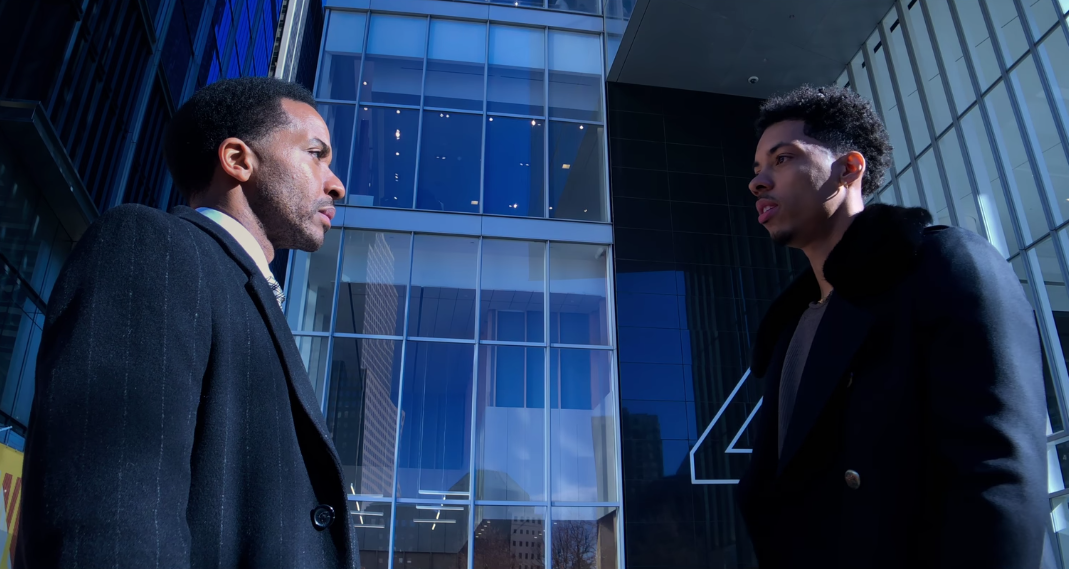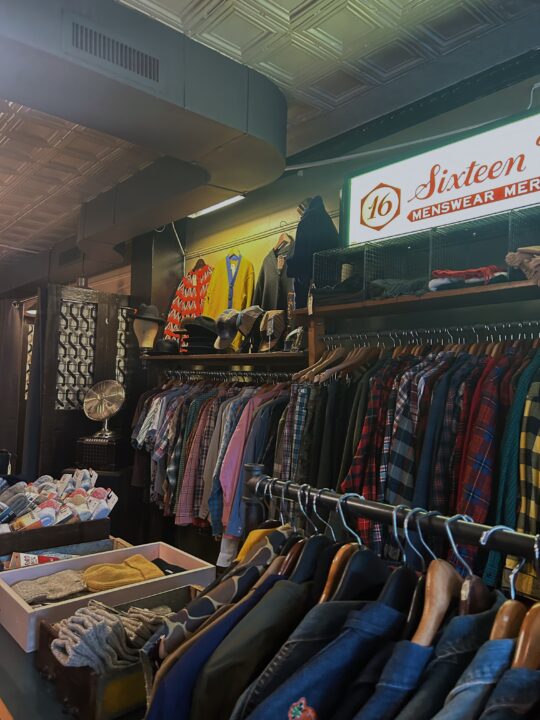One of the latest releases out of the ever-increasing list of Netflix originals is director Steven Soderbergh’s sports drama film “High Flying Bird.” The film, which is a work of fiction, revolves around sports agent Ray Burke (André Holland) and his need to resolve a dreadful NBA lockout that threatens the livelihood of many players, including his own client, rookie Erick Scott (Melvin Gregg). Though from the big-shot business perspective, Ray’s passion for the game and players leads him to seek a risky solution.
The film is not a sports drama in the traditional sense. “High Flying Bird” takes the risk of sidelining the sport itself and chooses to focus on the inner workings of the basketball industry. Starting with a long and fast-paced conversation between Erick and Ray, we learn the NBA has been in this lockout for six weeks after a stalemate in negotiations between the league and the Players Association, leaving players like Erick without income for an extended period of time.
Though the film is a work of fiction, it draws from real events to more accurately describe the climate of sports politics. The lockout in which the film occurs mirrors that of the 2011 NBA lockout where the league and the Players Association could not come to a conclusion in negotiations, leading to an absence of games at the beginning of the season with a substantial loss in revenue for all parties.
Though most characters do not exactly represent real people, their role in the film serves to express the distinct effects of a lockout on different layers of the institution. Erick is a rookie, the first draft pick who is yet to fully sign on to the New York Knicks. His introduction to the league is stunted by a lack of income. Sonja Sohn’s character, Myra, is a lawyer working with the Players Association and Ray to end the lockout. Myra’s role is an advocate for the players, another layer of protection to the players from the powerful and controlling league.
The most important character is, of course, the protagonist Ray Burke. His work as a sports agent representing players is the connective tissue that bridges both the individual players and the executives. His in-depth knowledge of the league’s rules and total passion for the game and its players allows him to work out the solution; a scare-tactic to get the league to work out its issues. The film’s precise subject matter allows for a spotlight onto these lesser-known parts of the industry.
The film’s writing is rich and loaded with call-backs and references to important people and movements that are important to the characters. The book Ray gives to Erick referred to as “the Bible” is Harry Edwards’ “The Revolt of the Black Athlete,” a study on several essential conflicts that forever changed sports and sports politics. Edwards, a noted civil rights activist in his own right, also makes an appearance at the end of the film in an appointment with Ray. Fostering the connection between Ray and a notable figure like Edwards shows Ray’s commitment to the bettering of the players, especially those of color.
Though endearing and positive, the script’s overloaded quality is too much for those not yet acquainted with the league in some form. Without a background in the sport, a regular viewer could miss details from the fast-paced dialogue and character developments. The film loses general audiences when scenes about league and game rules ramp up to speedy deliveries. The subject matter is itself not easily explainable. However, the film does a decent job of giving details that are crucial to the plot.
Regardless of the film’s unwelcoming story, “High Flying Bird” achieves stellar cinematography on a budget. The film was produced with a diminutive budget of $2 million USD. For reference, 2019 Best Picture-winning film “Green Book” was produced on a budget of $23 million USD and 2018’s highest grossing film “Black Panther” was produced on a budget of an estimated $200 million USD. Director Soderbergh cut costs so far down by opting to produce the film with the same camera technology used in his previous film “Unsane”: the mighty iPhone.
“High Flying Bird” was fully shot on an iPhone 8 equipped with special anamorphic lenses for widescreen shots and the Filmic Pro App to fully utilize the raw power of the hardware. By choosing to once again work with the iPhone on this scale the film avoided high production costs allowing Soderbergh to cast great talent and produce the film incredibly cheaply without heavily sacrificing visuals.
Soderbergh’s film, though flawed, is still an impressive feat. Living in the realm of a sports drama, “High Flying Bird” gets into the nitty-gritty of sports politics and showcases the NBA in different perspectives that highlight parts of the industry we do not see when watching basketball at home.


